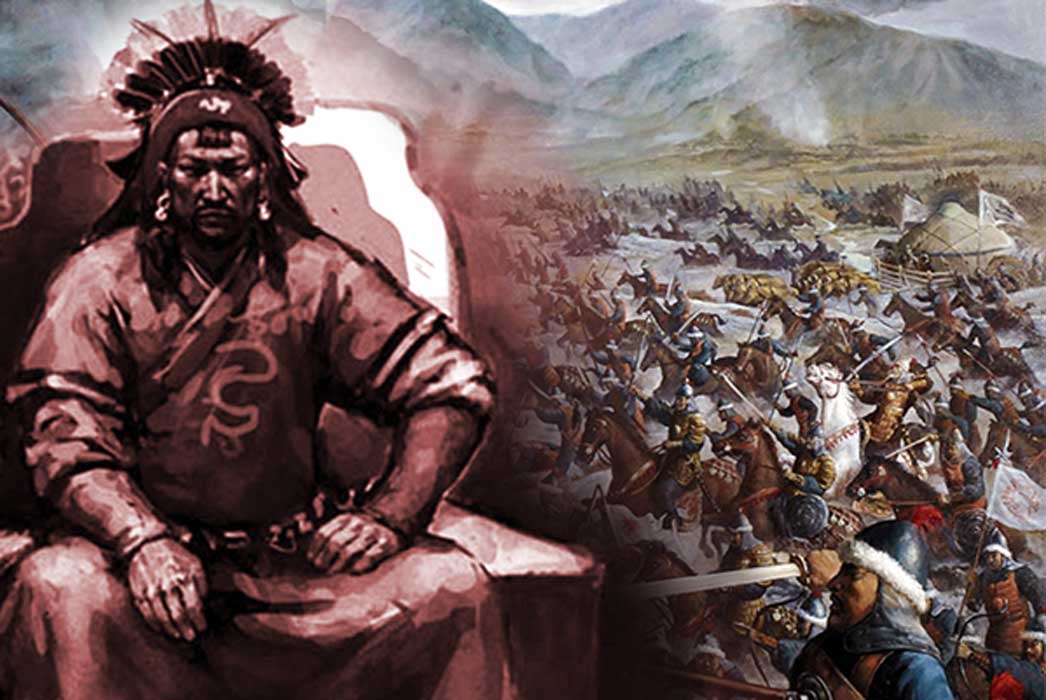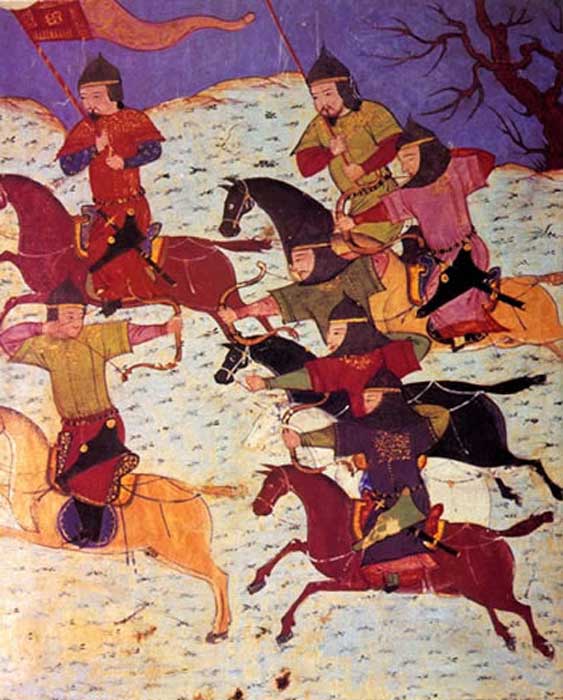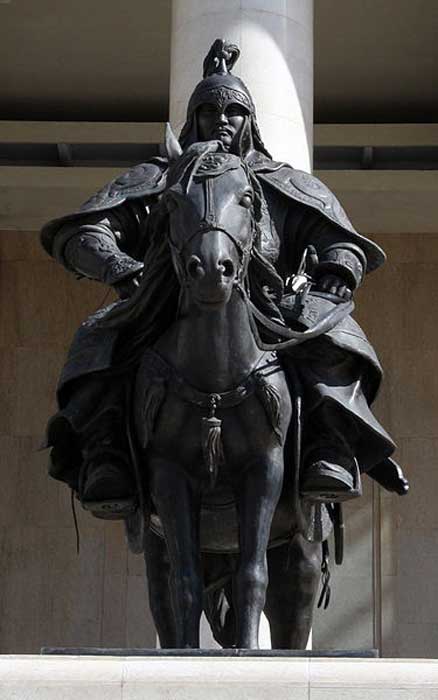
Joining the Vast, Insatiable Armies of Khan: The Mongol Military – Part I
Genghis Khan, founder and emperor of the Mongol Empire rarely needs an introduction, but it is crucial in understanding how he gained his place in history by examining the Mongol military organization he pieced together to become one the world’s greatest fighting machines ever seen.
So how did Genghis Khan take the Mongols and turn them into a fighting machine? It starts with abandonment.
The Abandonment of Temujin and Rise of Genghis
It was through his abandonment that Genghis Khan, whose real name was Temujin, learned quickly whom he could trust and whom he could not. Because of this, he sought to rebuild his family’s status through alliances, and he started with Börte of the Onggirat tribe. At age 16, Temujin rode to the Onggirat tribe to take his wife. After much talk, the marriage took place, and Dei-sechen presented Temujin with a valuable sable coat. After much celebration, Temujin took his sable coat as treasure with which to connect with a more powerful alliance.
After his marriage to Borte, Temujin and his brothers traveled to meet with his father’s blood brother, Tooril Khan, known as Ong Khan, leader of the Kereit people. Ong was a powerful chieftain whose territory expanded from the Onon River across the lands of Mongol to the eastern borders of China. When Temujin arrived and approached Ong, he said, “In earlier days you and my father agreed to swear brotherhood, so you are almost as a father to me.” Then he said, “I have acquired a wife and brought you the emüsgel (new clothing).” Temüjin presented Ong with the sable jacket.
Alliances are crucial for they build a political power base from which one, a weaker host, can create an army due to the trust and stability it can provide. So long as the host remains in good favor with those more powerful, this will allow the weaker host, like Temujin, to further strengthen his political and military might through a series of wars and battles. This shows favor not only to the Khan he serves but those weaker tribes also would find favor in him due to his honor to the khan and showmanship on the field of battle. Because of this, Temujin quickly rose through the political ranks of Mongol society and eventually was titled Genghis Khan.

Mongol cavalry archery from using the Mongol bow. (Public Domain)
With politics comes war. Unlike today, while most politicians talk of war but may not have experienced it or seen one up close and personal, Temujin was baptized in both fields. It during Temujin’s time with Jamuqa from which he learned much. Before Temujin joined and co-ruled with Jamuqa, he understood little in the art of steppe warfare. This is not to say he had no knowledge, but his understanding was rudimentary. Under Jamuqa, Temujin learned much in the art of command and control, tactics and strategy. But more importantly, he was a great organizational leader, unlike Jamuqa. Temujin was not seeking to build his military and political organization based on tribal status but rather on merit (meritocracy). This allowed Temujin to tap into the vast resources of the people who were tired of their overlords on the steppe. One such example was a commoner from the Uriankhai clan by the name of Subutai. It was these qualities from which Temujin would achieve victory, but before that happened he would have to suffer defeat first— as he did at the Battle of Dalan-baljut.

Statue of Boorchi, one of the first and most loyal of Genghis Khan's friends and allies. (CC BY-SA 3.0)




